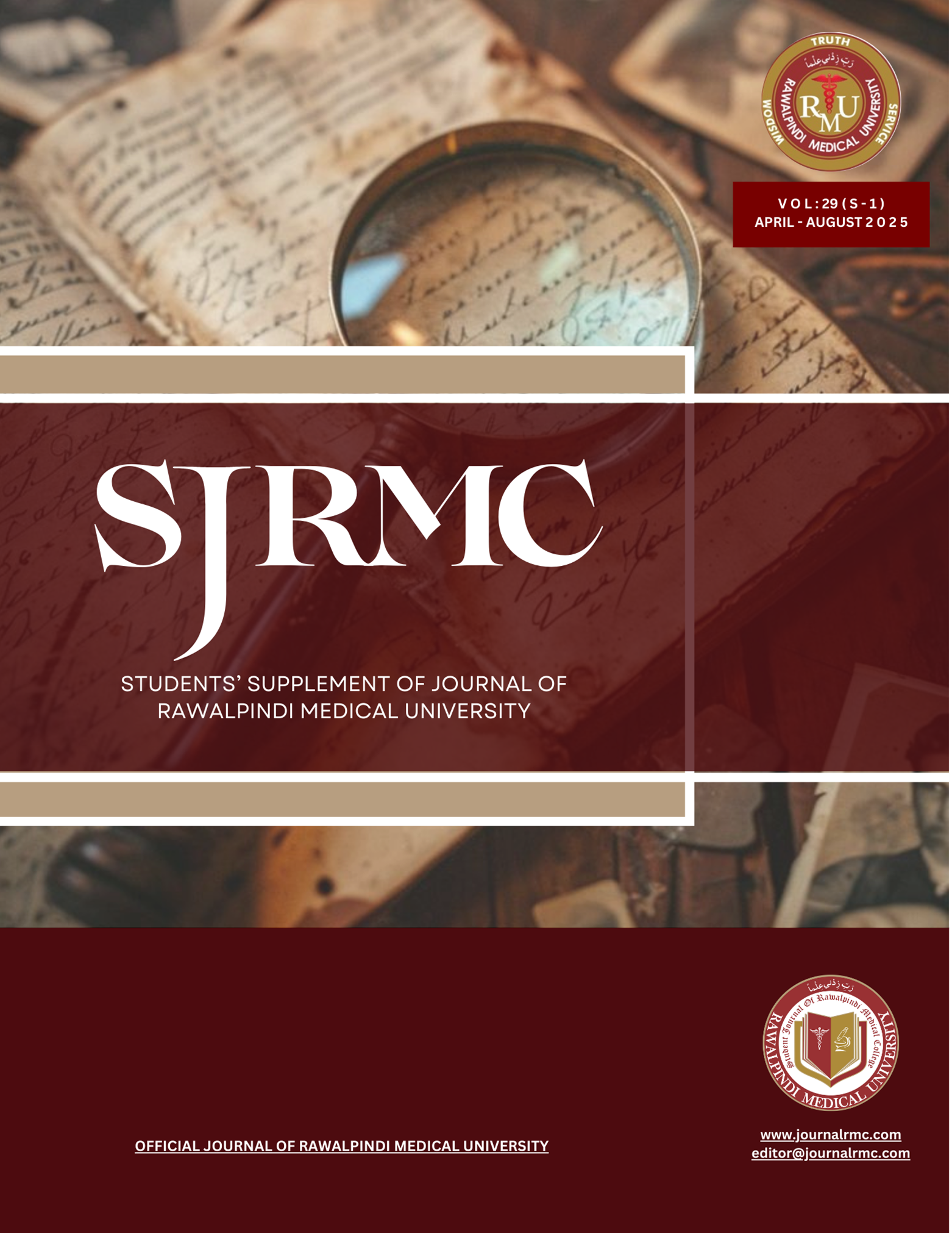Abstract
Introduction: Studying changes in quality of life post-myocardial infarction is crucial as it informs patient-centered care, rehabilitation strategies, and predicts long-term outcomes. These assessments also guide healthcare resource allocation and quality improvement initiatives to optimize recovery and overall well-being for individuals affected by myocardial infarction. The objective of this study is to assess and quantify the changes in quality of life experienced by individuals following myocardial infarction, informing strategies for enhanced patient care and rehabilitation outcomes.
Objective: To visualize the factors causing issues in patients for their better lives.
Materials and Methods: A survey was used as a tool to collect data from post-MI patients. It is a cross-sectional study conducted at the Punjab Rangers Teaching Hospital, Lahore, for 2 months. The sample size is 150. A questionnaire/survey was filled out by patients. Medically confirmed cases with a diagnosis of myocardial infarction (MI) based on clinical records or diagnostic tests (e.g., ECG, cardiac enzymes) were included in the study. A simple random sampling technique was used. Data were analyzed using SPSS version 25. IRB approval from the hospital IRB committee was obtained. Descriptive analysis was performed on each question of the survey.
Results: A total of 150 individuals with diagnosed MI participated in the survey. Thirty-two (21.33%) individuals reported being restless most of the time. Thirty-one (20.67%) individuals reported being tearful or emotional most of the time. Thirty-four (22.67%) reported being extremely limited in sports and other physical activity. Fifty-five (36.67%) reported being very limited in sports and other physical activity.
Conclusion: The results revealed a negative impact on the quality of life of patients after myocardial infarction. The quality is affected in terms of physical activity as well as emotionally. Guidelines should be established to provide psychiatric, emotional, and physiotherapy-related interventions to ensure a better quality of life for patients after suffering from myocardial infarction.
Keywords: Rehabilitation, Healthcare.

